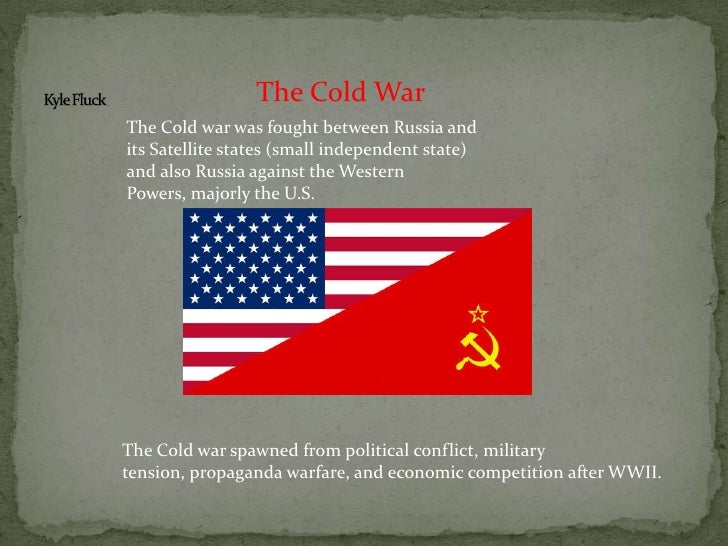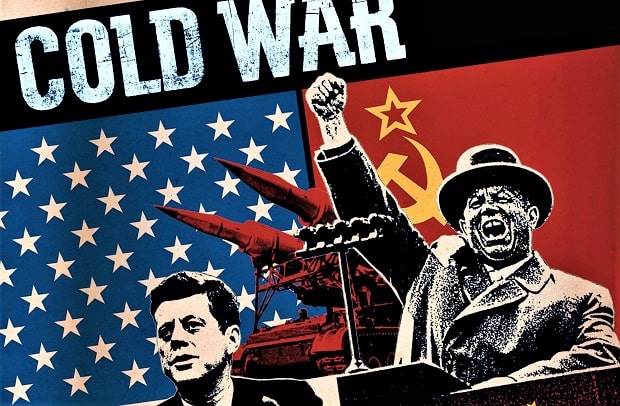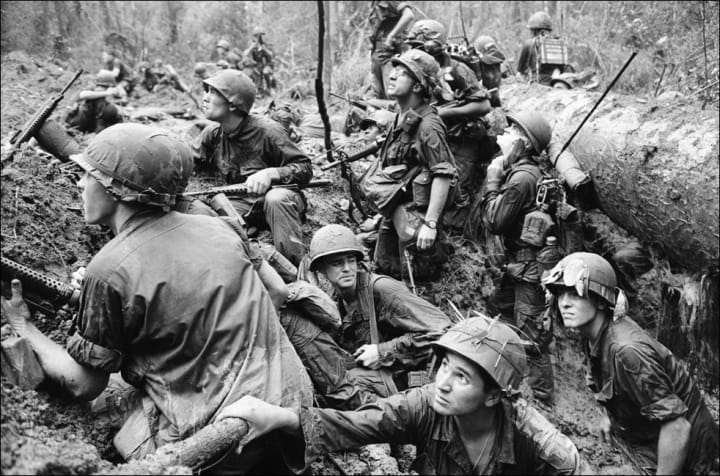
The Cold War was a period of political and military tension between the Western Bloc, led by the United States and its NATO allies, and the Eastern Bloc, led by the Soviet Union and its Warsaw Pact allies. The conflict lasted from the end of World War II in 1945 until the collapse of the Soviet Union in 1991.
The Western Bloc

The Western Bloc included the United States, Canada, and Western European countries such as the United Kingdom, France, and West Germany. These countries were capitalist democracies and were aligned with the United States in the Cold War.
The United States was the leader of the Western Bloc and was committed to containing Soviet expansionism. The country had a strong military presence in Europe, and it provided economic and military aid to countries threatened by Soviet aggression.
The Eastern Bloc
The Eastern Bloc included the Soviet Union and its satellite states in Eastern Europe, such as Poland, East Germany, and Czechoslovakia. These countries were communist and were aligned with the Soviet Union in the Cold War.
The Soviet Union was the leader of the Eastern Bloc and was committed to spreading communism around the world. The country had a strong military presence in Eastern Europe, and it provided economic and military aid to countries aligned with its ideology.
The Cold War Arms Race
The Cold War was characterized by an arms race between the United States and the Soviet Union. Both countries developed and stockpiled nuclear weapons, and they engaged in a competition to have more and better weapons than the other.
The arms race was a major source of tension between the two sides, and it contributed to the fear of nuclear war that characterized the Cold War. The development of intercontinental ballistic missiles (ICBMs) made it possible for either side to launch a devastating attack on the other, and this led to a policy of mutually assured destruction (MAD).
The Cold War Proxy Wars
The Cold War was also characterized by a series of proxy wars in which the United States and the Soviet Union supported opposing sides in conflicts around the world. These conflicts included the Korean War, the Vietnam War, and the Afghanistan War.
In these wars, the United States and the Soviet Union did not directly engage in combat, but they provided military and economic aid to their respective allies. The conflicts were fought by local forces, but they were driven by the larger Cold War struggle between the two superpowers.
The End of the Cold War

The Cold War came to an end in 1991 with the collapse of the Soviet Union. The country could no longer sustain its military and economic commitments, and it underwent a period of political and economic turmoil.
The end of the Cold War was a victory for the Western Bloc and the United States. It marked the triumph of capitalism and democracy over communism, and it ushered in a new era of international relations.
Conclusion
The Cold War was fought between the Western Bloc, led by the United States, and the Eastern Bloc, led by the Soviet Union. The conflict was characterized by an arms race, proxy wars, and the fear of nuclear war. The end of the Cold War in 1991 marked the triumph of capitalism and democracy over communism, and it ushered in a new era of international relations.